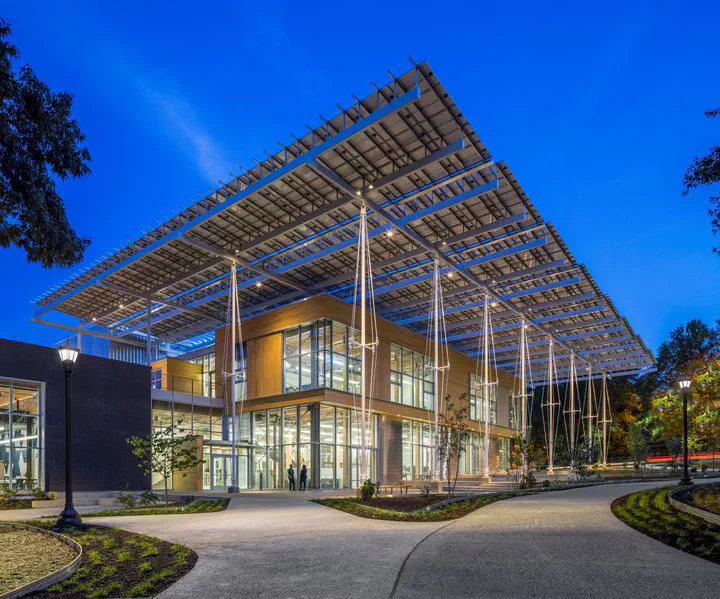Smart Campus
 A diagram describing the Kendeda Building Digital Twin (Lewe, 2022)
A diagram describing the Kendeda Building Digital Twin (Lewe, 2022)Smart Campus is a multi-disciplinary, multi-year, multi-million dollar projec that treats the entire campus as a living laboratory, collecting data from energy utility systems. With the abundance of data, it is possible to see improvemenrts in energy performance of building operations with collaborations with GT Facilities Management and draw insights for future building projects. As a senior student in the project, my responsibilities include leading teams of graduate and undergraduate students, helping with writing grant proposals and statements of work, and individual contributions that are listed but not limited to below:
Data Analysis & Anomaly Detection: I have processed and prepared multi-dimensional, structured but poor quality data for various tasks in this project. Problems found in measured data are passed to corresponding professional working for Georgia Tech Facilities Management (GTFM).
Building Energy & Water Modeling: I developed and calibrated detailed time-dependent models in MATLAB Simulink, Dymola and Python of building energy systems based on data obtained from buildings in operation. These models are being used to analyze the impact of various factors and possible extensions on the performance of buildings in Georgia Tech campus. Furthermore, I am lucky to have worked on the amazing Kendeda Building for Innovative Sustainable Design (KBISD) since its pre-construction days!

Weather Data: Weather is one of the primary drivers of building energy performance. In order to make accurate, real-time predictions,the building energy models (digital twins) needs temperature, precipitation, wind speed, relative humidity, and solar irradiance (global horizontal, direct normal, and diffuse horizontal) inputs to predict the thermal performance. This also calls for the use of accurate, local weather data instead of typical meteorological year (TMY) practices. Although Georgia Tech campus has several weather stations, one can come accross missing or erroneous data quite frequently. Therefore, other stations in the area are fused to obtain a complete, accurate, and up-to-date weather data set. A neural network was trained using the solar components obtained from the previous four years from the NREL database and applied to estimate diffuse horizontal irradiance where data is not available. The generated set of weather data combines the best-quality data points from the available, local sources so that it can be used for the calculation of the thermal performance of the building. I developed tools and APIs to query weather data from multiple databases (GT & open-source), cleaned and fused them to be used by other entities in the project in real-time.